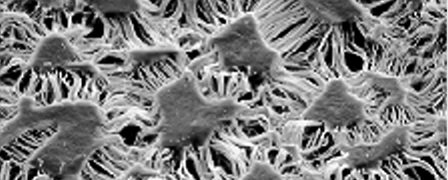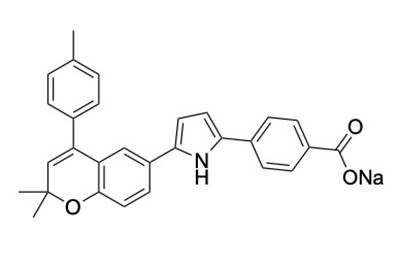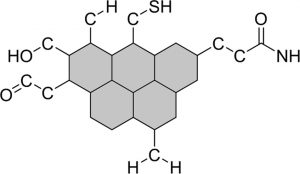Gore-Tex is a highly versatile material that has garnered a lot of publicity in recent years.

Gore-Tex Logo. Credit: https://commons.wikimedia.org/w/index.php?title=User:GoreTex&action=edit&redlink=1
First invented in 1968 by Wilbert and Robert Gore, it is made of polytetrafluoroethylene, more commonly known as Teflon. Not the hard stuff though. It’s basically Teflon that has been stretched… a lot.
It is a magical material in many respects. Water simply glides off it, leaving it bone dry. Being also very breathable and light, it is no surprise that it is the ideal material for water resistant clothing.
With the likes of Adidas and Nike incorporating it into their outdoor wear products, its widespread use and popularity has called into question the manufacturing process and its environmental impacts.
Teflon is a very durable material that does not degrade and lasts for a long, long time. This is a good thing right? Well, yes… But what happens when that fifteen year old jacket you own is discarded or lost, and finds itself buried in the dirt outside an abandoned parking lot?
It persists. And doesn’t degrade. For centuries.
PFC’s or perfluorinated compounds are those that contain only carbon and fluorine atoms. Teflon is derived primarily from such compounds.

Chemical structure of Teflon: repeating units of carbon and fluorine atoms. Credit: https://commons.wikimedia.org/wiki/User:Alhadis
The problem with PFC’s is that they tend to accumulate within our bodies and the environment. They are difficult to break down as they are quite unreactive.
A class action lawsuit at a DuPont Teflon plant found a very strong association between working with PFC’s and two types of cancer. Since then, numerous other studies have found a strong correlation between exposure to certain PFC’s and negative health outcomes.
To be clear, it isn’t the wearing of Gore-Tex products that is concerning. Also, not all PFC’s are harmful. However, the manufacturing process dispels many harmful PFC’s into the environment.
Gore-Tex jackets are also near impossible to recycle. They are made in complex ways, and the design process involves multiple layers, glues, and components.
Gore-Tex must not be completely written off though. Gore and company have assured investors and the public that they are phasing out the use of many harmful PFC’s in their manufacturing process. However, the effects of this are yet to be seen.
There are also other, more intriguing applications of this remarkable material.
What is not talked about nearly enough is the role of Gore-Tex in medicine. It has shown to be ideal for usage within our bodies.
Being both porous and unreactive, it enables the body’s cells and tissues to grow through it without any side effects. This makes it a viable material to be used in sutures, grafts and other applications.
Like most technologies, Gore-Tex is exceedingly complicated in many ways. Its strengths in one regard, prove to be its downfall in another. It seems the jury is still out on this one
– Salik Rushdy






